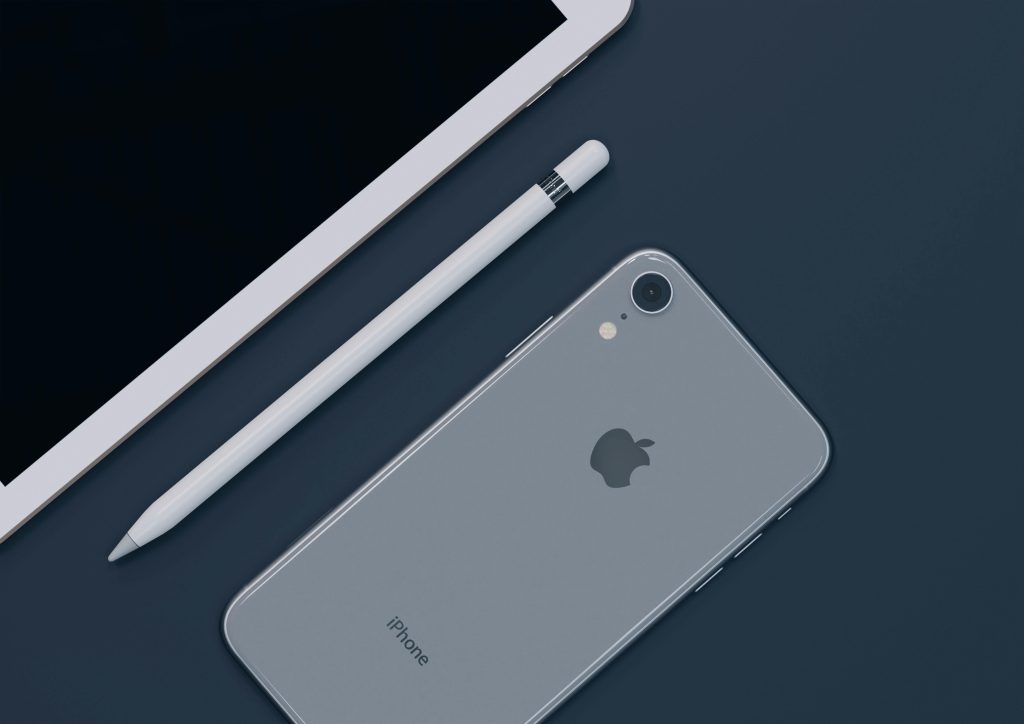In a world where attention is divided, expectations are high, and uncertainty is constant, people are seeking more clarity and control over their lives. One of the most effective ways to find that clarity—and sustain personal fulfillment—is by setting clear personal goals. Whether you’re working toward career advancement, healthier habits, or deeper relationships, goals act as anchors. But more than just wish lists or vague aspirations, personal goals have evolved into tools for emotional resilience, purpose, and mental clarity.
A growing body of research is reshaping the way we think about goal setting—not as a to-do list strategy, but as a mental framework for long-term well-being. And with tools like habit-tracking apps, life design journals, and digital vision boards gaining traction, the conversation around goal setting is more relevant than ever.

The Science Behind Goal Setting and Fulfillment
A 2022 study published in Frontiers in Psychology found that individuals who set specific, challenging goals reported higher levels of intrinsic motivation and satisfaction than those who had vague or abstract intentions.¹ The reason is psychological: goals provide structure and a sense of agency, which helps combat feelings of stagnation or helplessness.
Neurologically, goal setting activates the brain’s reward system. Dopamine is released when we make progress toward a goal, creating a reinforcing cycle of satisfaction and motivation.² This “progress principle” is key to long-term fulfillment, not just success.
Moreover, according to a 2023 survey by the American Psychological Association, people who consistently set and review personal goals are more likely to report higher life satisfaction and lower stress levels.³ So while setting goals might seem like a productivity hack, it’s increasingly recognized as a strategy for emotional and psychological well-being.
Why Vague Goals Lead to Disappointment
It’s common to hear people say they want to “get healthier” or “be more successful,” but these vague goals often backfire. Ambiguous intentions can lead to confusion, lack of action, and eventual frustration. You’re left constantly recalibrating because there’s no clear direction or endpoint.
Clear personal goals, on the other hand, answer three essential questions:
- What exactly do I want to achieve?
- Why is this important to me?
- How will I measure progress?
The clarity doesn’t just increase the likelihood of completion—it also reduces mental clutter. By narrowing focus, you remove the cognitive friction that often leads to decision fatigue.
Current Trends in Goal Setting
In 2025, goal setting is no longer confined to New Year’s resolutions or workplace OKRs. Instead, it’s becoming more integrated into everyday mental health and life design. Some of the most popular trends include:
1. Quarterly Life Reviews
Rather than waiting for January 1st, more people are adopting quarterly personal audits. These are short, reflective sessions every three months where individuals reassess personal and professional goals, realign with their values, and adjust course as needed.
2. Digital Goal-Setting Platforms
Apps like Notion, Goalscape, and Habitica allow users to gamify or visualize their goals in dynamic ways. These platforms make it easier to break down long-term goals into bite-sized daily actions—one of the most effective strategies for follow-through.
3. Micro-Goals for Emotional Health
Another emerging trend is the use of micro-goals for improving emotional intelligence, mindfulness, or even social skills. Examples include “initiate one meaningful conversation per week” or “spend five minutes reflecting daily.” These small, intention-based goals can compound into major mental health benefits.
The Fulfillment Framework: A Guide to Setting Clear Personal Goals
If you want greater satisfaction from your daily efforts, your goals must do more than sit on a sticky note. Here’s a practical guide to setting clear personal goals that actually lead to fulfillment.
Step 1: Define What Fulfillment Means to You
Before setting any goal, ask yourself: What does a fulfilling life look like right now? Your definition of fulfillment will evolve, so it’s important to assess it based on your current values, responsibilities, and aspirations.
Step 2: Use the “SMARTER” Goal Format
Most people are familiar with SMART goals (Specific, Measurable, Achievable, Relevant, Time-bound), but the updated SMARTER model goes further:
- Specific
- Measurable
- Achievable
- Relevant
- Time-bound
- Evaluated regularly
- Rewarded upon progress
Regular evaluation and personal rewards help create the internal feedback loop necessary for long-term commitment and satisfaction.
Step 3: Break It Down Into Systems
James Clear, author of Atomic Habits, argues that “You do not rise to the level of your goals. You fall to the level of your systems.”⁴ Having a system—daily rituals, habit tracking, environmental design—keeps momentum going even when motivation dips.
Step 4: Reflect Frequently
Schedule regular check-ins with yourself. Ask:
- What progress have I made?
- What’s working or not working?
- Has my definition of fulfillment shifted?
Reflection isn’t just about adjusting plans; it’s also about celebrating wins, which reinforces the satisfaction tied to your effort.
Setting Clear Personal Goals in the Digital Age
As life gets busier and distractions multiply, it’s more important than ever to make space for intentional goal setting. Clear goals act as a filter, helping you say “no” to activities that don’t serve your purpose. In this sense, goal setting becomes a form of boundary setting—a crucial skill in a world of endless notifications and competing demands.
Professionals are increasingly integrating personal goals into their daily planning apps. Mindfulness platforms are offering guided visualizations to help users set intentions. And even corporate wellness programs are adopting personal goal-setting modules to enhance employee satisfaction.
All of this points to a bigger shift: setting clear personal goals is no longer about chasing success. It’s about creating a life that feels aligned, balanced, and meaningful.
How Setting Clear Personal Goals Leads to Greater Fulfillment in Real Life
To illustrate the power of this approach, consider these examples:
- Career: Instead of saying “I want a better job,” a clear goal would be: “Apply to three roles at mission-driven companies by the end of this month.”
- Health: Rather than “get fit,” a focused goal might be: “Complete four 30-minute strength sessions per week for 90 days.”
- Relationships: Swap “be a better friend” for “reach out to one friend per week to have a 30-minute catch-up call.”
Each goal is time-bound, measurable, and tied to personal values. That’s what makes it sustainable—and fulfilling.
Conclusion
Fulfillment doesn’t come from busyness. It comes from clarity. When you define what matters most and commit to it with structure, intention, and self-awareness, everything becomes more meaningful—even the struggles.
The current wave of tools and psychological research only reinforces what many high-performers and mindful individuals have learned: setting clear personal goals leads to greater fulfillment not just because it organizes life—but because it gives life direction.
References
- Locke, E.A., & Latham, G.P. (2022). New Developments in Goal Setting and Task Performance. Frontiers in Psychology. https://www.frontiersin.org/articles/10.3389/fpsyg.2022.865456/full
- Miller, R., & Cohen, J. (2021). The Neuroscience of Goal Pursuit. Nature Reviews Neuroscience. https://www.nature.com/articles/s41583-021-00483-5
- American Psychological Association (2023). Stress in America™ Survey. https://www.apa.org/news/press/releases/stress/2023/report









